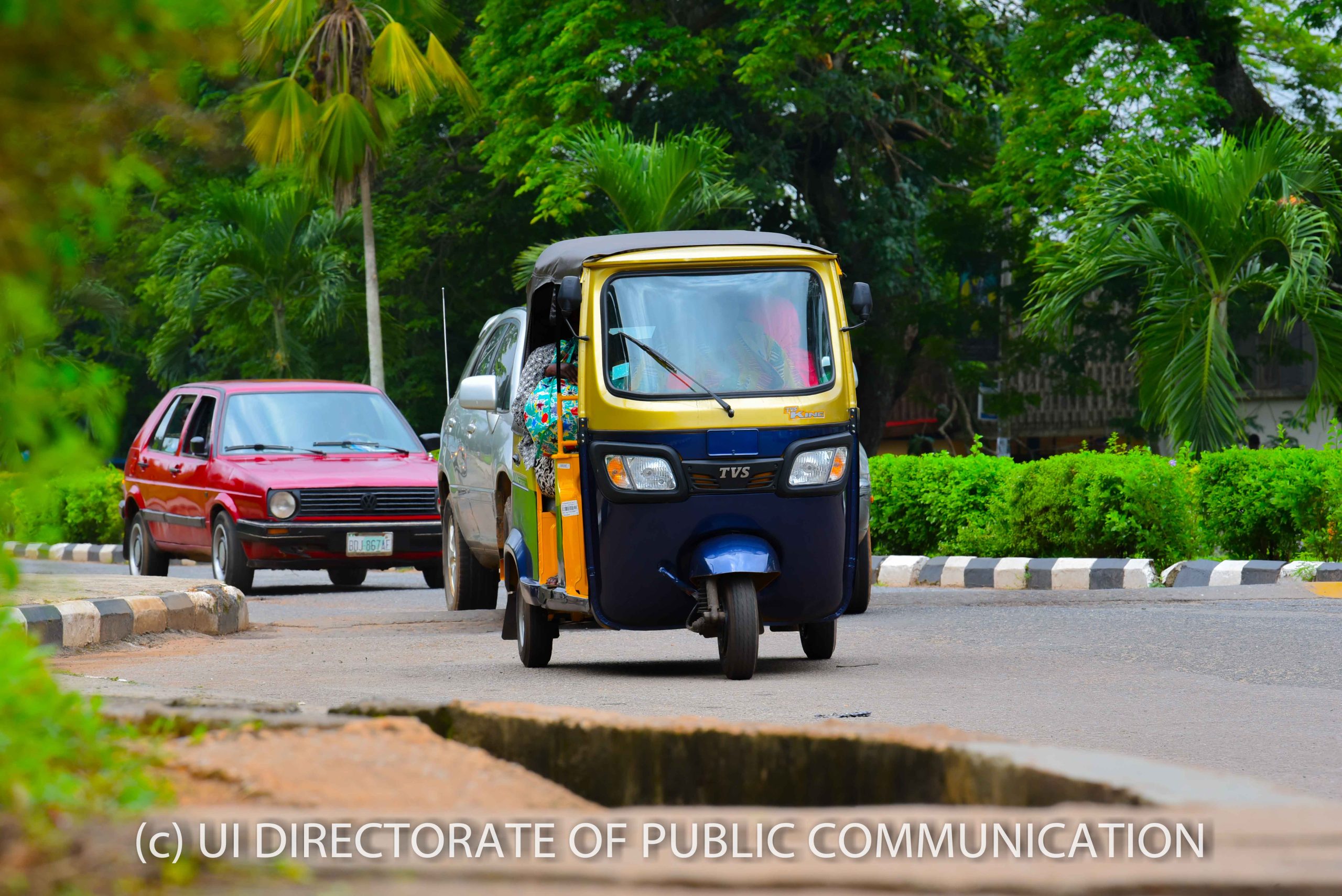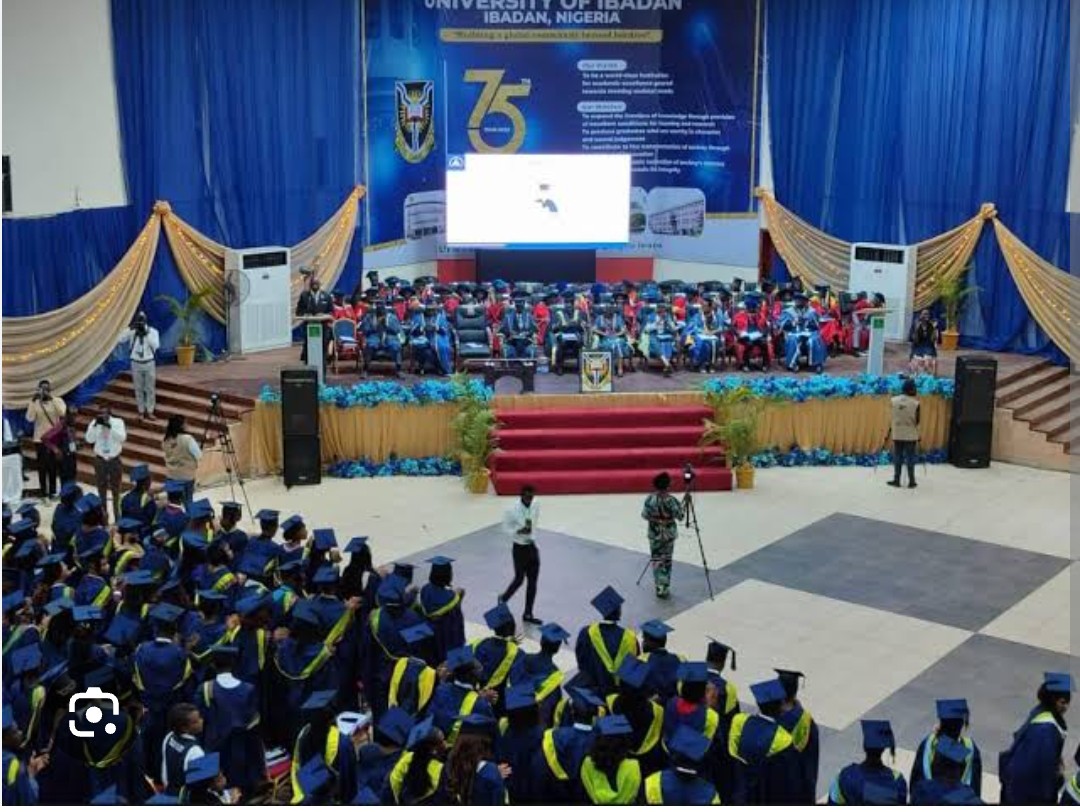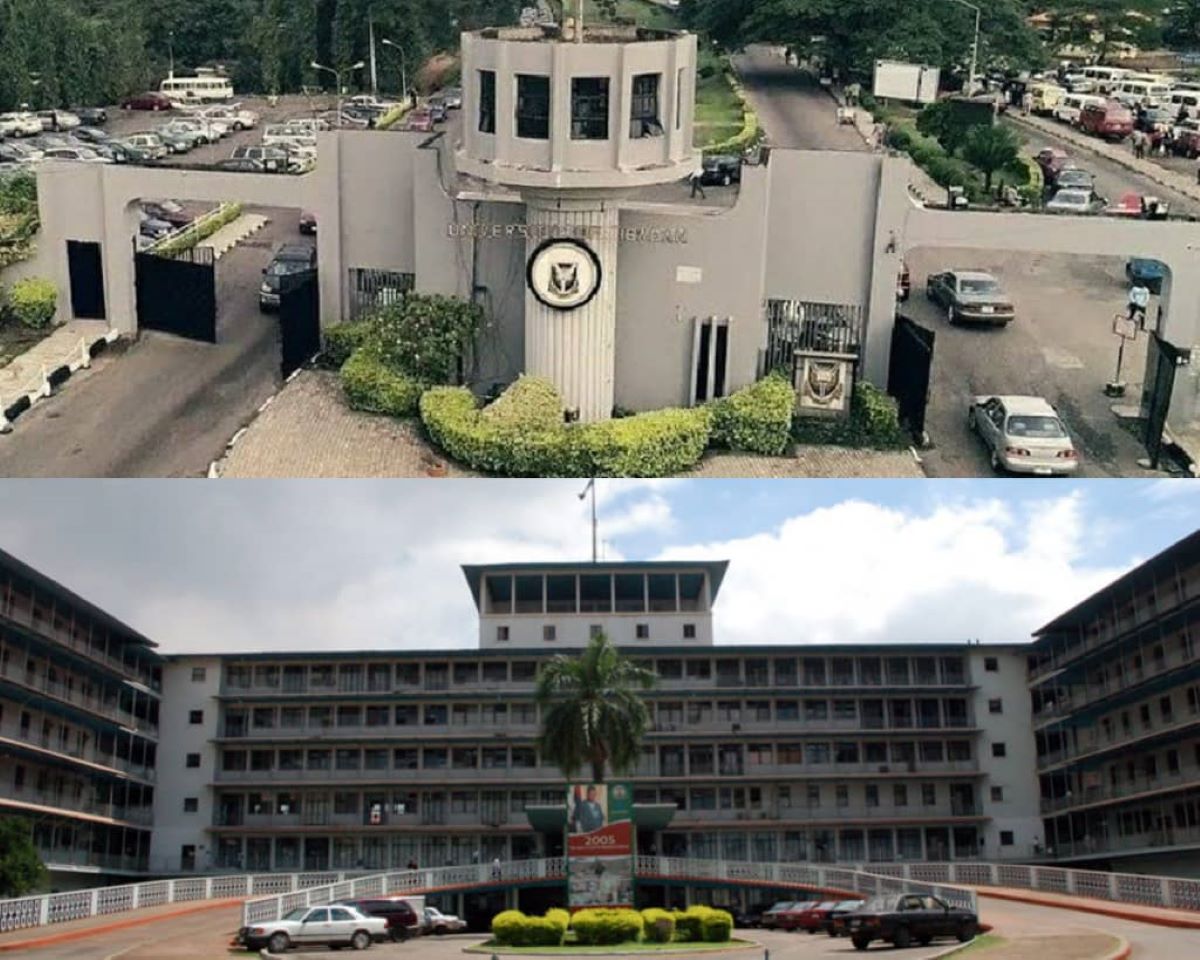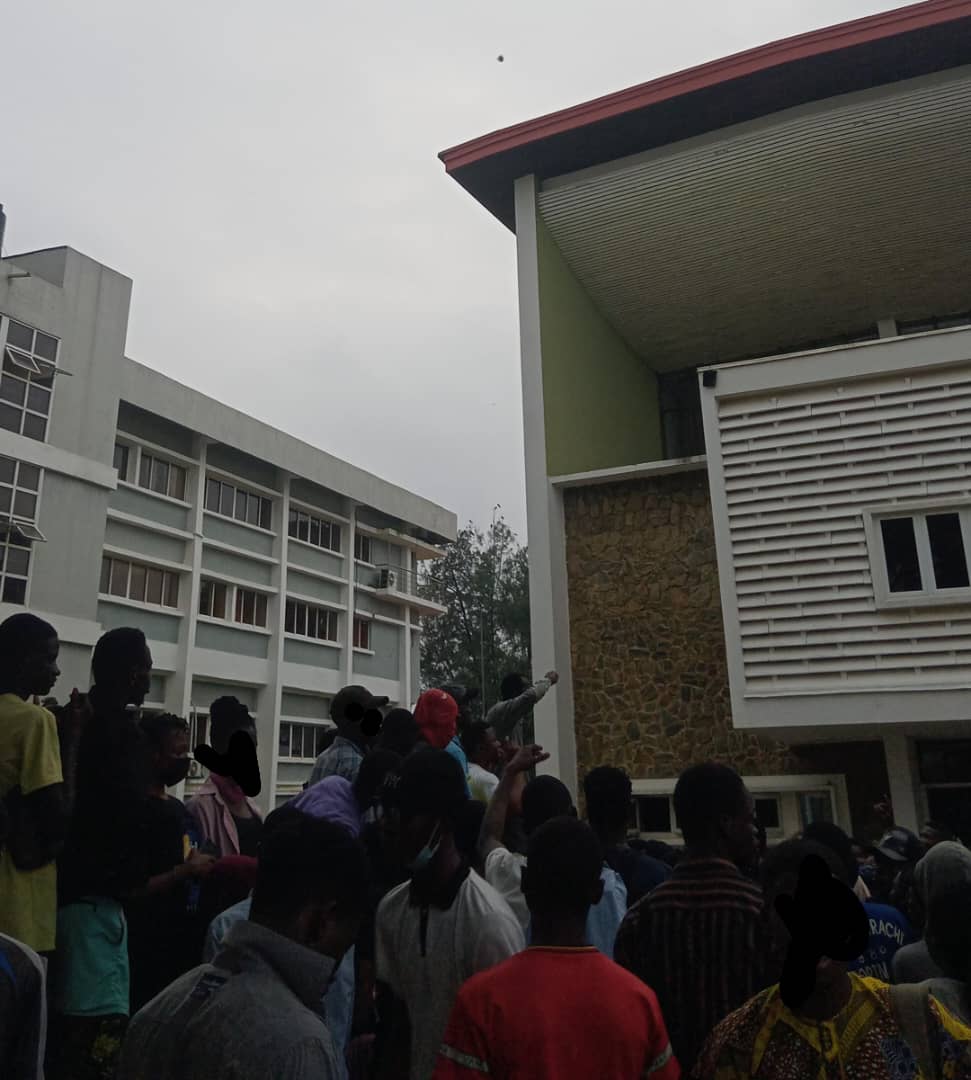The Cost of Making New Doctors

“Maybe when my opponents from the Alexander Brown Hall have to carry placards again like they did in 2018, they will learn their lesson”. The aforementioned is from a speech delivered at the Great Independence Hall’s Barrister Adebowale Inter-Hall Debate Competition on the 30th of April, 2024. The topic for said debate was “Is the privatisation of state-owned enterprises in the best interest of Nigeria’s economy?”. At the time, those words might have appeared as mere light-hearted jabs at the medical students with the pro-privatisation stance. But only if the signs weren’t there.
Nineteen days before, a report from the UCJ UI, confirmed rumours that had been circulating of a hike in student fees. Incoming freshers were confirmed to have bundle fees ranging from ₦203,000 to ₦412,000. Events after then, like the inconclusive outcome of the April 30th UI SU Congress, actions taken against #FeesMustFall protesters at the UI SU Inauguration on the 13th of May, announcement of May 24 as the official date for the opening of the portal for student loan applications, and the release of a communique to students of the university on the 19th of May – dated the same as the Inauguration – stating that there would be no more extension of deadlines for fee payment, as had been the norm, have further thickened the plot, making those words more than ‘just a scenario’. Anyone who wasn’t already concerned should be. And for students of the foremost medical institution in the country, perhaps even more.
Affording Reality in Ogba
To begin with, even in the unlikelihood that the Health Professional Levy/HPTL – a levy paid by preclinical and clinical students of the Faculties of Clinical Science (Medicine and Surgery, Nursing, and Physiotherapy), Dentistry and Basic Medical Sciences (Medical Laboratory Science, Physiology, and Biochemistry) – doesn’t shoot up, the combined fee for medical students would still be a lot. In the last session, preclinical students who stayed in the halls of residence paid a combined ₦185,000 while their clinical counterparts paid ₦225,000. This included HPTL fees of ₦75,000 and ₦100,000, respectively. While not as high as in private or state-owned institutions, these fees were still unaffordable for several students. With almost 40% of the population living below the poverty line, this shouldn’t be difficult to fathom. Federal institutions like UI are the hope of the common man in Nigeria seeking to acquire quality education despite their economic status. However, at this point, that education might as well be out of reach.
Away from the cost of fees, there’s also the cost of living. A 24-year high inflation rate of 31.7% means that prices of goods and services have doubled and even tripled. Prices of textbooks, stationery, and other materials for studying have increased so much that many medical students have resorted to soft copies and digital options when available, despite the majority expressing a clear preference for hardcopy texts. Costs of transportation, feeding, grooming, etc., have also increased considerably, with students making more sacrifices than they would prefer.
In the face of this, there have been agitations both physically and online to see that education stays affordable, albeit mainly from non-medical students. This doesn’t imply that medical students were unaffected by the prevailing circumstances. However, a combination of factors like distance from the main campus, consequent reduced interaction with the student body, and differences in academic schedules have led to reduced participation from students on this end. The after-effects of the 2018 #NoTo100k protest are partly responsible for this seeming apathy, with the Management taking an unwelcoming stance towards demonstrations.
With this reality set to change, it has become pertinent to consider our options as students. Is there a way out, and if there is, what would it cost?
If There Will Be Doctors
So far, dialogue with Management has been the modus operandi of the Students’ Union. While dialogue has been fruitful on multiple occasions, the recent rounds of talks between the outgone Host-led SU was not one of them. A stakeholder meeting on the 6th of May concluded with the Management reiterating their stance on the need for the increment, citing “recurrent expenditure, underfunding of tertiary institutions, and the state of infrastructure”. What, then, could students explore?
It must be stated that the proposed Student Loans are limited as an alternative. We wouldn’t be the first to state such, either. The criteria listed in Section 14 of the Act (applicant/family income of less than ₦500,000 per annum, at least two guarantors which shall be Civil servants of at least level 12, lawyer with at least ten years post-call experience, judicial officer, or justice of peace), application process in Section 16, and repayment plan in Section 18 (which includes beneficiaries commencing repayment at most two years post-NYSC) all combine to give a policy that is unfavourable even to the poor it seeks to help. However, in the face of a substantial fee increase, it’s an option many will consider. We are marching into an era of doctors whose student debt tallies in the millions regardless of where they choose to study. Non-commensurate quality of pay and working conditions would mean an even greater incentive to exit the country, a scenario the nation can not bear to witness. This is not us threatening the Government or Administration in the nation’s institutions. It’s just what the reality portends.
This leaves us with confrontations between Management and students as an alternative, although not that they have to be negative. The Aweda Bolaji-led administration already claims to have ‘swung into action by engaging in continuous consultations with key individuals and stakeholders to find a feasible way forward’. They also ‘strongly advised incoming freshers to hold off on making fee payments until there is a definitive resolution’. How soon this resolution arrives remains to be seen. However, it is in their best interest to stand by the Union’s advice pending a resolution, as this portrays a more united front. That’s assuming said Freshers have the fees on hand to pay. If the situation does escalate, it could also require students to speak louder against this increase. Recent actions by the Management suggest that this might not be welcome. But so is the option of dropping out.
There Will Be Doctors
The situation is not altogether bleak when all is considered, but it requires more from us. There has to be increased involvement from medical students in deliberations and decision-making. It’s not enough to point out that the erstwhile Students’ Union President, Samson Oluwatobiloba, and Speaker of the Students’ Representative Council, Olamide Omotunde, are Dental and Medical Students, respectively. There has to be involvement in other ways. We must be willing to show up and plead our cause if and when Congress is called for. It also means that more medical students have to take up roles at the front lines of demonstrations, physical or online. There might be no need for escalations, and dialogue might be the preferred outlet, but dialogue has to convey our exact thoughts.
A long shot would be pushing for alterations to the Students Loan Act to make the loans more accessible. However, given the current economic realities and ineffectiveness of Senate and House of Assembly representatives, it’s a long shot that could bear fruit too late. That shouldn’t stop us from pitching this when chanced, either at visitations, conferences, or any other events.
As we await the new fees, we must prepare for all the next steps. The change we’ve seen in other universities across the Federation is here, one session later but still as hard-hitting as if it had occurred earlier. There will be new doctors, but at a cost; that we have a say.





I really hope the student union succeeds😭.the situation is really worrisome considering the fact that we have to get through 6 years of paying such an amount or even more